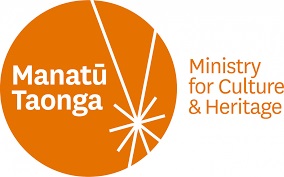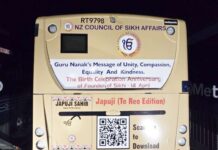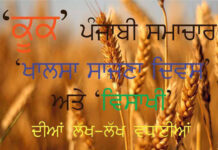Wellington, 12 September – An Act of Remembrance to honour those who served in Aotearoa New Zealand’s post-Second World War military operations in Malaya and Malaysia will be held at 11am, Friday 16 September, Pukeahu National War Memorial Park.
“This annual commemoration pays tribute to the New Zealanders who served alongside the Commonwealth forces for nearly 20 years, from the late 1940s to the mid-1960s,” said Glenis Philip-Barbara, Deputy Chief Executive Pou Mataaho o Te Hua Manatu Taonga Ministry for Culture and Heritage.
Between 1949 and 1966 New Zealand soldiers, sailors and airmen played a small but significant role in two Southeast Asian conflicts: the Malayan Emergency (1948-60) and the subsequent ‘Confrontation Campaign’ between Indonesia and Malaysia (1964-66).
“Approximately 4,000 New Zealand servicemen served during these campaigns. Sadly, twenty servicemen are recorded on New Zealand’s Roll of Honour as having lost their lives during operational service, three as a result of enemy action.
“New Zealand’s involvement began in 1949 when a flight of RNZAF 41 Squadron Dakotas were deployed to drop supplies to anti-guerrilla forces. In the late 1950s, both Special Air Service and infantry battalions were sent to Malaya.
“In 1964, New Zealand began helping the newly named and federated state of Malaysia to resist Indonesia’s attempt to gain control of the North Borneo territories, in what was known as the Confrontation Campaign.
“On 11 August 1966, Indonesian and Malaysian representatives signed a peace treaty in Bangkok with New Zealanders completing their withdrawal from Borneo in October,” said Glenis Philip-Barbara.
People wishing to attend this year’s commemoration should arrive at the Tomb of the Unknown Warrior at Pukeahu National War Memorial Park, Buckle Street, Wellington on Friday 16 September at 10.45am for an 11.00am start.
Attendees are encouraged to follow all relevant COVID-19 guidelines and face masks are recommended.
Updates about the ceremony will be added to the Pukeahu events website.
Source: Ministry for Culture and Heritage
